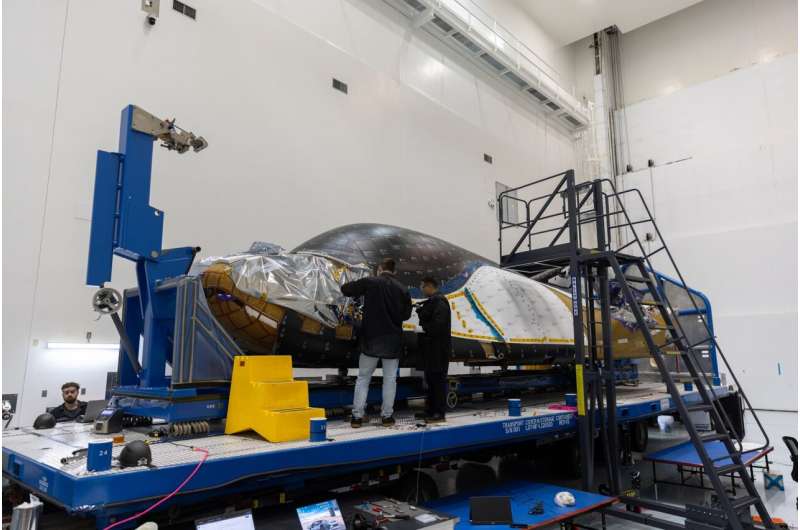EarthCARE pre-launch press briefing
Tuesday, 21 May 2024 15:00 Video:
00:51:05
Video:
00:51:05
ESA’s Earth Cloud Aerosol and Radiation Explorer (EarthCARE) mission is designed to advance our understanding of the role that clouds and aerosols play in reflecting incident solar radiation back out to space and trapping infrared radiation emitted from Earth’s surface.
Developed as a cooperation between ESA and the Japan Aerospace Exploration Agency (JAXA), this exciting mission will make a range of different measurements that together will shed new light on the role that clouds and aerosols play in regulating Earth’s delicate temperature balance.
With global climate change increasingly affecting our planet, EarthCARE is poised to provide data for climate
Global navigation jamming will only get worse. The U.S. needs to move fast
Tuesday, 21 May 2024 13:30

Follow OPS-SAT's atmospheric reentry live
Tuesday, 21 May 2024 13:00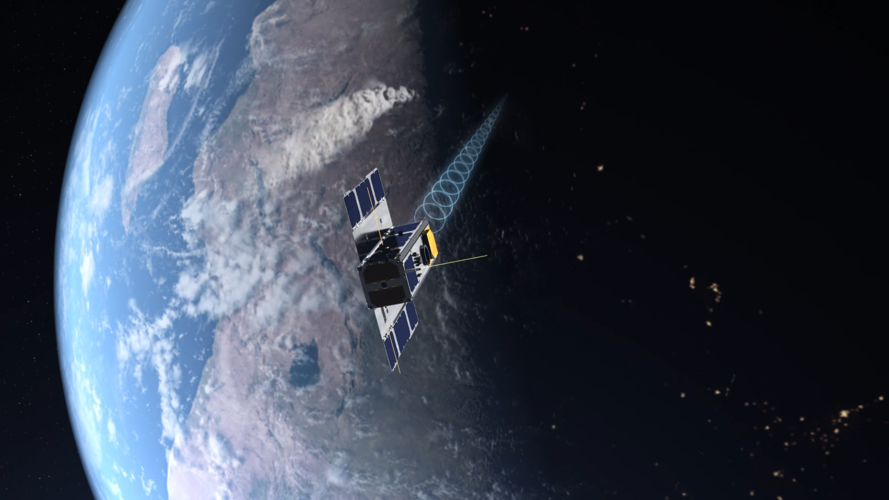
Follow OPS-SAT's atmospheric reentry live
The latest telemetry during the mission's final hours
ESA astronauts Sophie Adenot and Raphaël Liégeois assigned for Space Station mission
Tuesday, 21 May 2024 12:49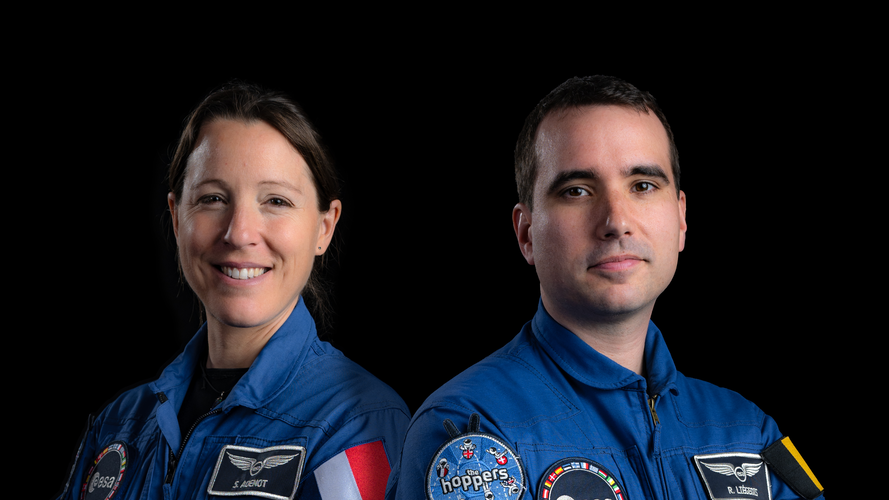
ESA astronauts Sophie Adenot and Raphaël Liégeois have been assigned for their first spaceflights to the International Space Station (ISS) on missions currently planned for 2026. This significant milestone was announced today by ESA Director General Josef Aschbacher during the Space Council taking place in Brussels on 22 and 23 May 2024.
China to expand commercial spaceport to support upcoming launch surge
Tuesday, 21 May 2024 09:35
Unlocking Connectivity: The Satellite Industry’s Approach to Achieving Interoperability with Telco
Tuesday, 21 May 2024 01:57

BAE Systems wins $450 million contract to build weather satellite instrument
Monday, 20 May 2024 22:06

NASA study provides new look at orbital debris, potential solutions
Monday, 20 May 2024 20:11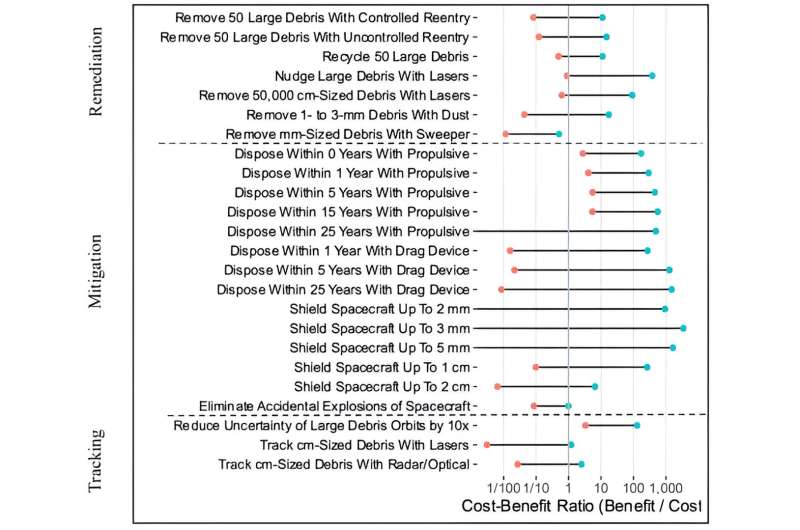
New data analysis indicates that NASA and its partners could have more cost-effective methods for dealing with the growing issue of orbital debris than previously thought.
A new report from NASA's Office of Technology, Policy, and Strategy provides agency leadership with new insight about how to measure the risks presented by orbital debris.
"Growing activity in Earth's orbit has brought us everything from faster terrestrial communications to a better understanding of our changing climate," said Charity Weeden, who leads NASA's OTPS. "These blossoming opportunities are resulting in a more crowded space environment. This study is part of NASA's work to rapidly improve our understanding of that environment as outlined in NASA's recently released Space Sustainability Strategy, by applying an economic lens to this critical issue.
Appropriate exercise is an important part of crew health during space missions
Monday, 20 May 2024 20:04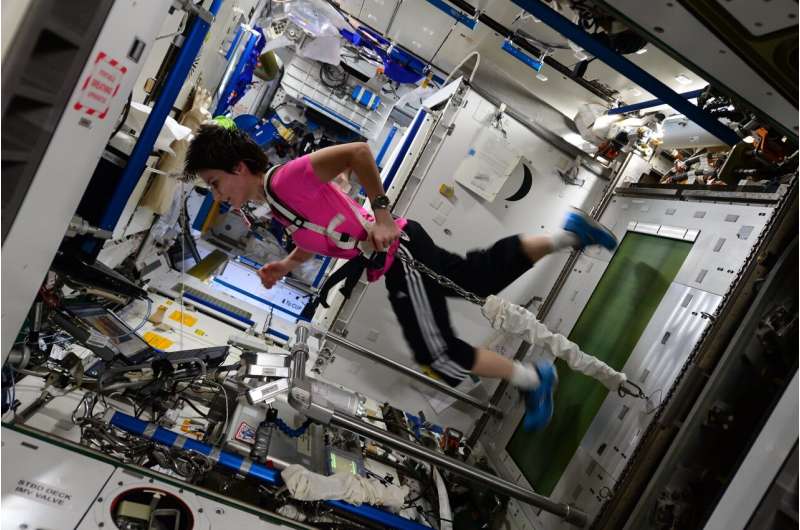
Future missions to the moon and Mars must address many challenges, including preventing loss of bone and muscle tissue in astronauts. Research on the International Space Station is helping to address this challenge.
Without Earth's gravity, both bone and muscle atrophy, or become smaller and weaker. Early on, scientists realized that exercise is a critical part of maintaining healthy bones and muscles in space, just as it is on Earth. From simple elastic bands on early missions, exercise hardware has become increasingly advanced. Current equipment includes the Advanced Resistive Exercise Device (ARED) weight-lifting system, a second generation-treadmill called T2, and the Cycle Ergometer with Vibration Isolation and Stabilization System (CEVIS) cycling machine. Studies continue to refine this equipment as well as the intensity and duration of how astronauts use it, with crew members now averaging two hours of exercise per day.
Installed in 2008, ARED uses a piston and flywheel system to provide loading that essentially mimics weightlifting in weightlessness.
NASA, Sierra Space deliver Dream Chaser spaceplane to Florida for launch preparation
Monday, 20 May 2024 19:07